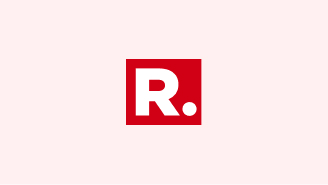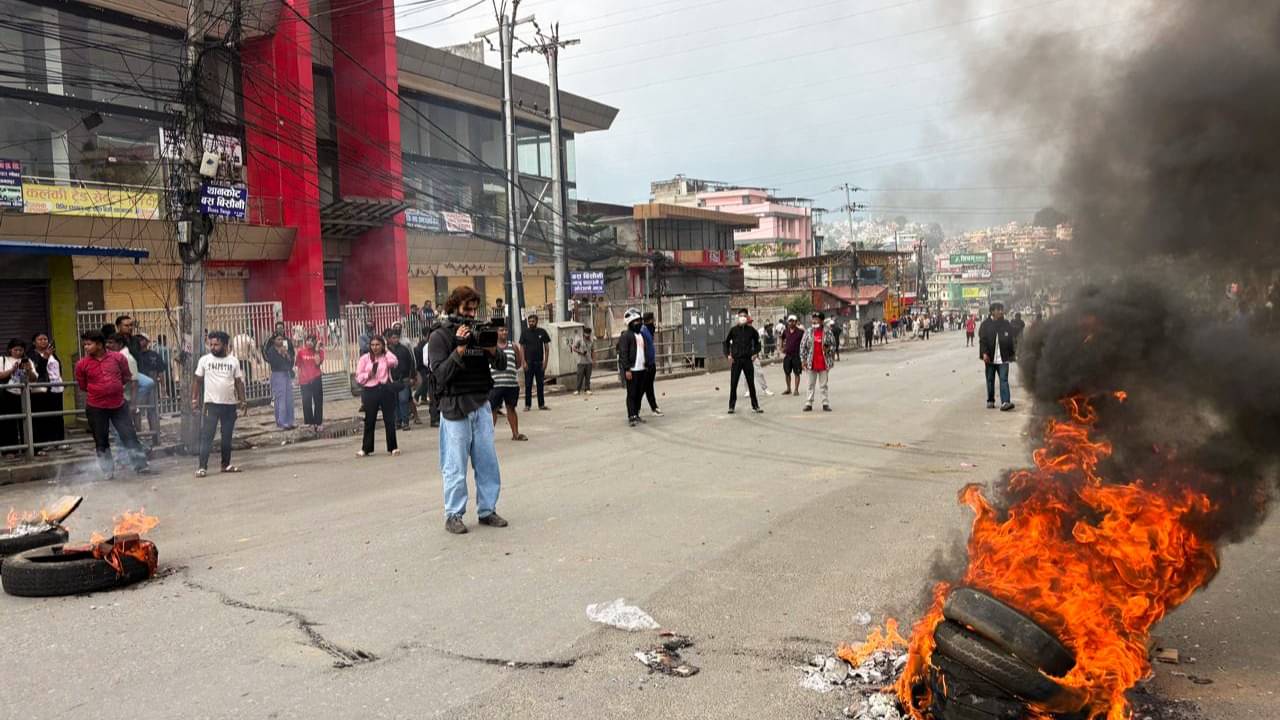Protesters lit fire on the road while protesting against the government’s decision to block several social media platforms, in Kathmandu on Tuesday | Image:
ANI
New Delhi: In Nepal, when the government abruptly blocked more than two dozen platforms, the reaction was immediate and furious. Demonstrations erupted, young people surged into the streets, and within days, the ban was lifted after the protests turned deadly. The political specifics mattered, but the deeper revelation was this: when access to social media is cut, people feel not merely censored but disconnected from life itself.
This tells us something profound about where we stand in 2025. Social media is no longer a supplement. It is no longer just a place for gossip, photos, or idle distraction. It has become infrastructure: the bloodstream of contemporary society.
To remove it is to paralyse communication, commerce, education, and society in one stroke. That is why the ban in Nepal was seen not as a regulatory overreach but as an existential rupture.
This is a shift from the last great wave of digital uprisings. In the Arab Spring more than a decade ago, social media was a revelation, a sudden discovery of possibility. Young Tunisians and Egyptians were astonished that a Facebook page could galvanise thousands, that a tweet could bypass censorship, that a grainy YouTube clip could carry the truth to the world. Social media then was a promise.
In Nepal, and across today’s world, it is a necessity. It is not something people marvel at; it is something they assume. To block it is to block life.
The ubiquity of platforms explains the intensity. Each app now occupies a different niche in daily life.
X is where news breaks, in fragments and flashes.
Facebook and Instagram are the neighbourhood squares, hosting community pages and family connections.
WhatsApp threads and Viber chains are not political weapons but everyday logistics updating on rides to work, updates from schools, business leads and remittance details from abroad.
YouTube has become both a broadcast and an archive, the place where culture is stored and retrieved.
TikTok, the newest arrival, compresses emotion into short bursts of video that saturate the attention of an entire generation.
When these are switched off, the loss is not narrowly political. It is social, economic, and personal. Students cannot access their study groups, migrants cannot coordinate payments, small businesses cannot advertise, and grandparents cannot share photos. To be disconnected is not to be silenced in some abstract sense; it is to be cut off from the rhythms of one’s daily existence.
That is why the protests in Nepal were not limited to activists or opposition parties. They spread across classes and occupations, carried by the recognition that the shutdown touched everyone.
The demographics of Nepal underscore the point, but they are hardly unique. The median age is twenty-five; nearly forty per cent of the population is under thirty. More than half of Nepalis are online, and nearly half are social-media users. These are mobile-first, video-first citizens for whom platforms are not entertainment but an environment. They do not log on and off; they live inside these networks. Their reaction, then, is a preview of what any society would experience if connectivity were suddenly withdrawn.
What is most striking about this moment is not Nepal’s turmoil but the lesson it offers globally.
Governments today often speak of regulating platforms in the language of sovereignty, misinformation, or consumer safety. But beneath those terms lies the same reality that social media has become as central to life as water or electricity. Its absence triggers panic, fury, and revolt, because its absence is unthinkable.

What began as an experiment in Tunisia in 2011 has hardened into an expectation everywhere else. The expectation is that networks will be available, always, as the substrate of social life.
This centrality comes with paradoxes. Social media remains noisy, distracting, and sometimes corrosive. Yet it is also indispensable. It is where news breaks first, where communities assemble, where diasporas remain knitted together, where commerce flows, and where politics finds both its theatre and its battlefield.
No previous medium, not radio, not television, not newspapers, ever managed to occupy all those roles at once.
That is why the anger in Nepal was so swift and so widespread. To deny platforms today is not to switch off a channel. It is to rip out the connective tissue of society.
What the Nepal crisis illustrates is not merely the risks of authoritarian overreach but the deeper fact of our time: social media is no longer peripheral. It is central. It is not an accessory to public life but the condition of it. That does not mean we should be uncritical of platforms; their concentration of power, their algorithmic distortions, and their impact on attention and mental health remain urgent concerns.
Still, it does mean that any discussion of social media must begin from a simple recognition. These are not toys. They are utilities. They are, for better and worse, the infrastructure of being modern.
The protests in Kathmandu dramatised this truth with brutal clarity. People were not willing to lose their networks, because losing them meant losing their sense of self and society. Whatever the political context, we see a lesson.
Social media is not at the periphery of life. It is the centre of it.

